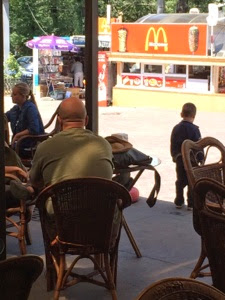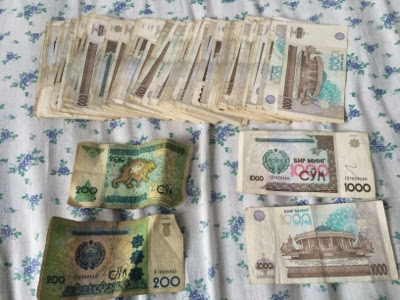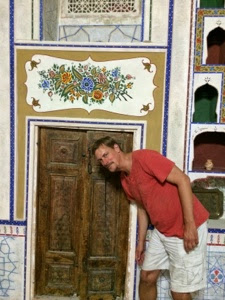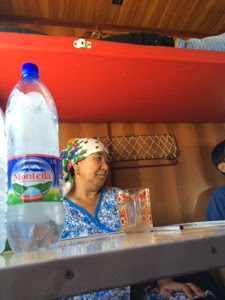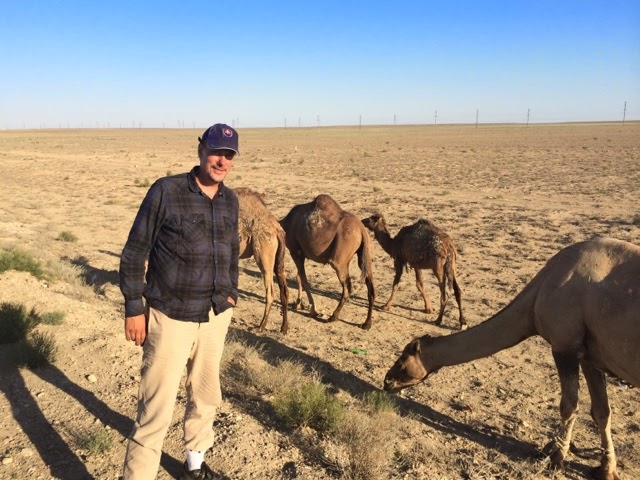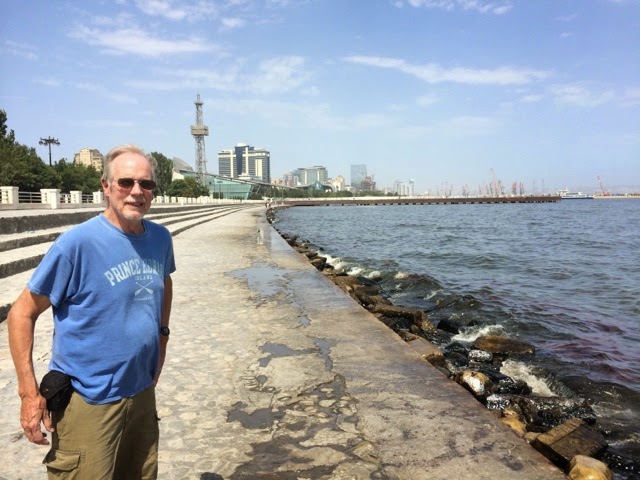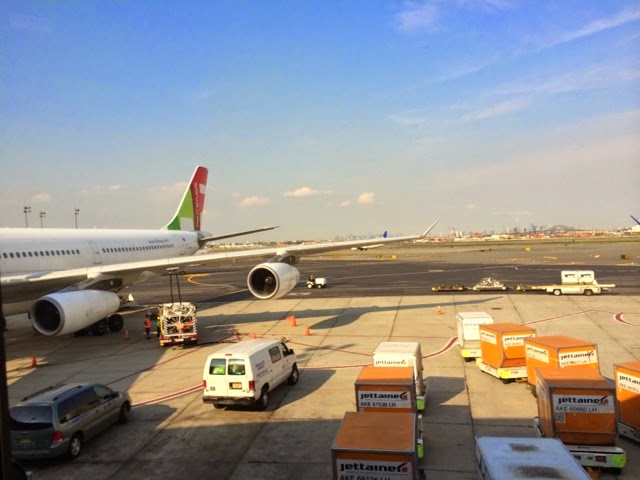You can see in Almaty the quite remarkable reach Soviet culture, architecture and city design had from Central Europe to Central Asia.
The ice cream is the same style that I could find in a village in Slovakia - lemon, strawberry, pistachio, stracietella (chocolate chip), plus vanilla and chocolate - in tiny scoops that don't leave you full for two days.
Concrete, square, utilitarian blocks of flats, store fronts, houses of culture, oddly shaped fountains and war memorials all could be found in Warsaw as well as Almaty thousands of miles apart.
And a broad grid of wide streets, convenient for tanks to roll down if needed, interlock with pedestrian underpasses that have been divied up to sell every conceivable consumer good - toys, school supplies, clothes, beauty products, food, etc. at each intersection near the center of town.
Almaty is a fun clash of cultures with Russian overtaking Kazakh as the main language and people you see, Uzbeks and Chinese dominate the bazaar, and Koreans own swanky coffee shops, bars and trendy restaurants in the pedestrian zone.
Here are some Images from Almaty :
McDoner - a clever rip off of McDonald's for Turkish kebabs.
The city is full of fountains though this is one of the more modern ones.
The national dish in Kazakhstan is horse meat. Here in the Green Bazaar line the prime cuts of my little pony. Dad and I tried some horse steak when we were in Aktau, Kazakhstan. Not bad, similar texture to beef, but needed a lot of sauce.
This Uzbek seller, Hajaveer (how I sounded out his name) when he found out I was from New York, showed me a Ferrari on his phone. Not sure why. I bought some dates and pistachios from him.
One of the most intimidating Soviet World War II monuments I've ever seen. Depicting faces from many ethnic groups, these soldiers look ready to march to the ends of the earth.
This onion dome cathedral was made entirely of wood in 1907. While it's taller than Hronsek, the wooden church where Reni and I were married in Slovakia, it can seat half the number of people. The path to the church linked directly with the mammoth war memorial.
There were over 20 high-intense games going on at once. The only sound was the swiping of chess pieces off the boards.






